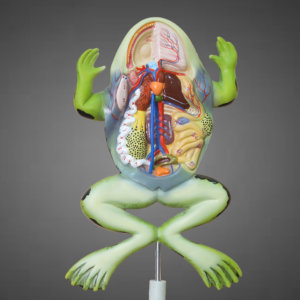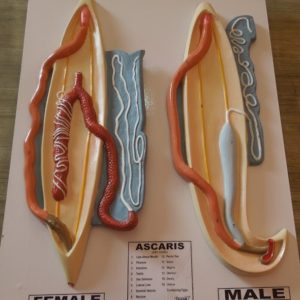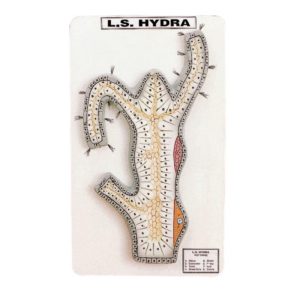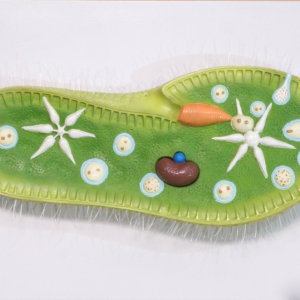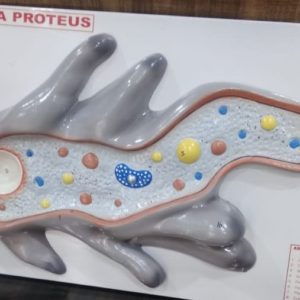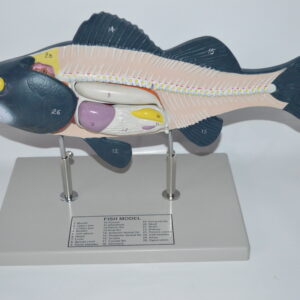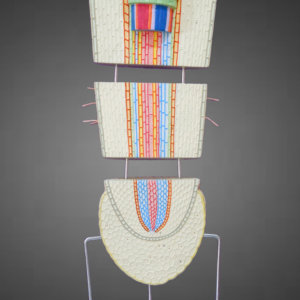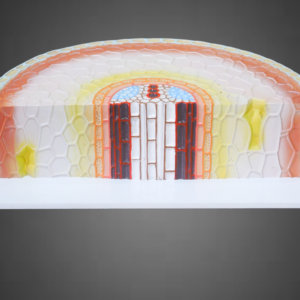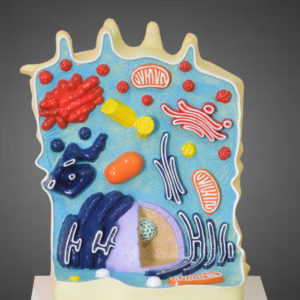MEDILAB has specialized over the years in the manufacturing of Biology Models, which are detailedly designed and skillfully manufactured to meet educational requirements and anatomical accuracy.
MEDILAB also offers these models in different budget ranges to meet basic teaching requirements, to detailed models for advanced learning.
OUR COMPLETE RANGE OF BIOLOGY MODELS CAN BE DOWNLOADED AT (click the links below):
ANATOMICAL MODELS – MEDILAB
BOTANICAL AND ZOOLOGY MODELS – MEDILAB
If you did not find what you were looking for, mail us at [email protected]. We shall be glad to assist.
Biology models refer to three-dimensional representations or simulations of biological systems, processes, or organisms. They are used to help understand and study various aspects of biology, including anatomy, physiology, and ecology.
Advantages of Biology Models:
- Aid in visualizing and understanding complex biological systems
- Can be used to demonstrate processes and interactions
- Can be used to test and make predictions
- Can be interactive and engaging for students
- Can be used for both educational and research purposes
Types of Biology Models:
- Anatomical models
- Ecological models
- Genetic models
- Cell models
- Physiological models
- Evolutionary models
- Population models
- Ecosystem models
Biology models can take various forms, including physical models, computer simulations, and virtual reality environments. They are commonly used in education, research, and outreach to enhance understanding of biological systems and processes. When selecting a biology model, it is important to consider factors such as the intended use, the level of detail required, and the materials used to ensure that the model is accurate and suitable for the intended purpose.

